Taipei in the Taipei Basin
The capital city of the Asian country of Taiwan

Taipei has a skyline that is dominated by the Taipei 101 skyscraper. There are many wonderful temples to see, amazing contemporary buildings, and lovely green parks.
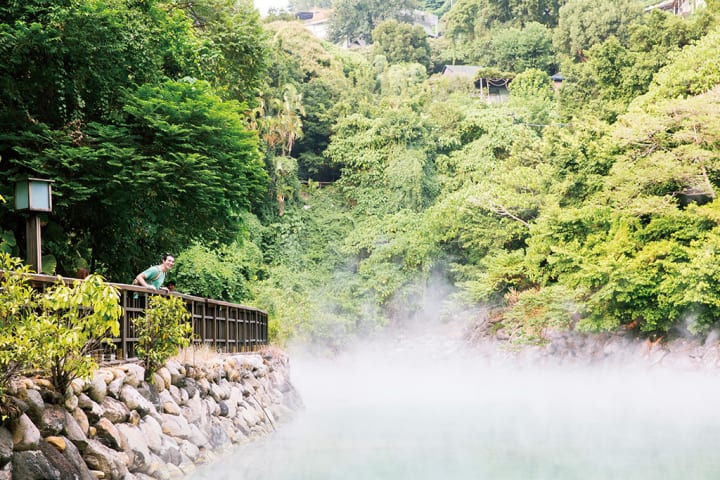
In Xinbeitou, you’ll find hot springs with high temperatures that are caused by the terrestrial heat of the Datun Mountains. Thermal Valley is one of the earliest hot spring sources in Taiwan. The hot spring here is white sulfur and it’s been famous since Japanese colonial times. You’ll also find some historic monuments and natural scenic spots in the area.
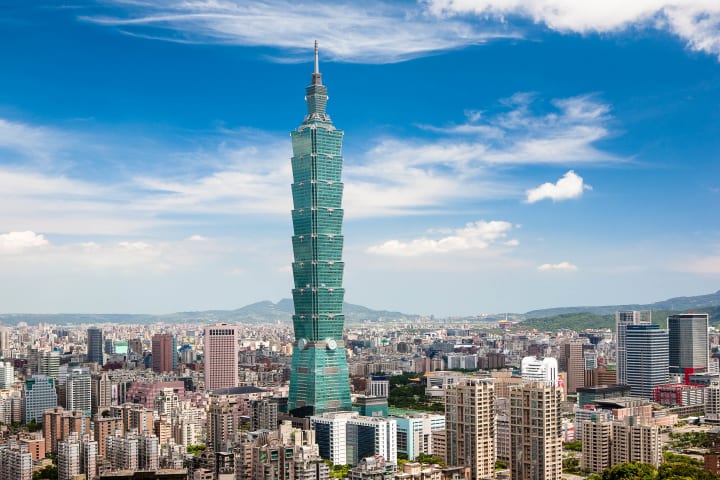
You cannot miss the Taipei 101 building rising high into the sky. It was completed in 2004 and was the tallest building in the world at that time. In 2011 it received the LEED Green Building Platinum Certification, which made it the tallest green building in the world. The shape of the building reminds one of a bamboo tree, symbolizing “success after success”. Up on the 85th floor, you can enjoy great food and drink at the Sky Restaurant. From the Observatory on the 89th floor, you can see fantastic views of the city. At night the building is illuminated in rainbow colors and the walls display special messages or pictures during major holidays. Visit the Taipei 101 Mall for a fantastic shopping experience and enjoy the largest indoor cafe and restaurant area.
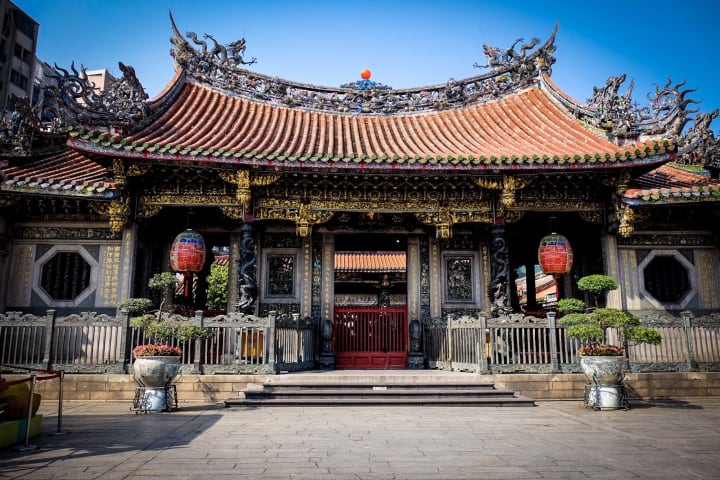
At the Longshan Temple, there are hundreds of statues of Buddhist, Taoist, and Confucian deities. This temple mixes the traditional Chinese siheyuan (four-building courtyard) with palace architecture in its design. The temple is divided into a front hall, a main hall, a rear hall, and the right and left wings. The temple walls have paintings of vivid creatures and stone statues of mystical creatures guard the temple grounds. The roof is decorated with figures of dragons, phoenixes, and other creatures. They represent the pinnacle of mosaic art in Taiwan. This temple has been declared a Secondary National Heritage Site.
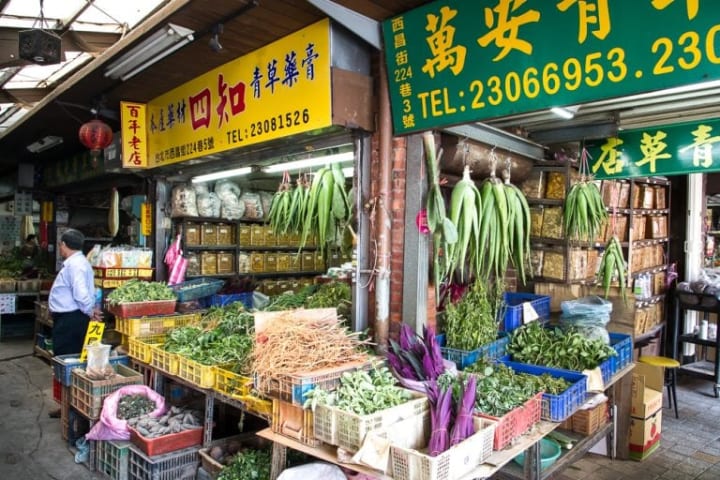
After leaving the temple head into a little street that is known as Herbal Medicine Lane. In days past before the development of Western medicine, the local people would come here to buy traditional herbal medicine, especially after praying at Longshan Temple. Slowly this neighborhood became a thriving marketplace for herbal medicine. You can enjoy a soothing and relaxing cup of herbal tea.
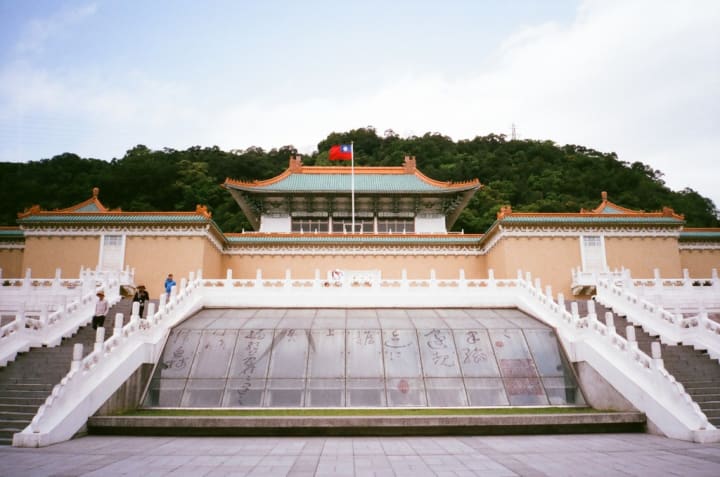
The National Palace Museum offers visitors over 690,000 artifacts on display. It is one of the most celebrated museums of Chinese art. The museum is designed in the style of a Northern Chinese palace. The entire collection here covers 5,000 years of China’s historical and artistic achievements. The museum provides Chinese, English, French, German, Japanese, Spanish, and Korean language guides and museum-related literature. After you have visited the museum stop by The Silks Palace restaurant next door, offering the National Treasures Banquet which creatively incorporates the treasures of the museum into their dishes. The museum also provides romantic evening strolls on Friday and Saturday nights when the main halls remain open until 9 PM.
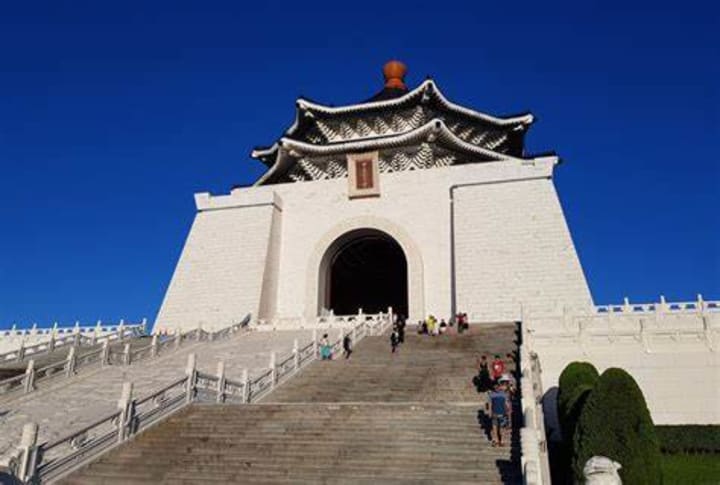
Chiang Kai-shek Memorial Hall was built in memory of the first president of the Republic of China. The building of the hall was started in 1976 one year after the president passed away. The hall was designed by C.C. Yang. The hall is white with a blue roof, representing the dominant colors in the ROC flag and the emblem of the Chinese Nationalist Party (KMT) adorns the vaulted ceiling. There’s a bronze statue of Chiang Kai-shek looking symbolically to the west toward the Presidential Office Building and mainland China. Democratic assemblies are held on the front plaza.
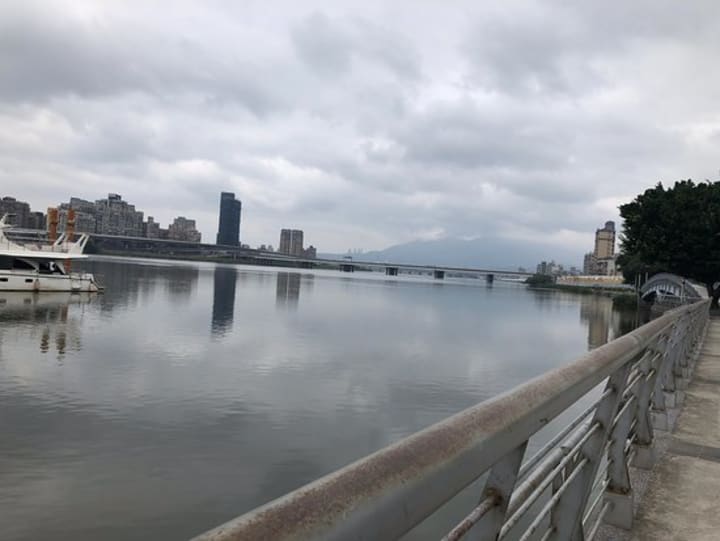
Enjoy Dadaocheng Pier where you can get great views of the Tamsui River. This is a scenic riverside area. Visitors can take a boat ride on the river, ride a bike, or just enjoy the riverside landscape. In good weather, couples enjoy strolling under the romantic lighting at dusk. You can enjoy street performers and watch the people going by.
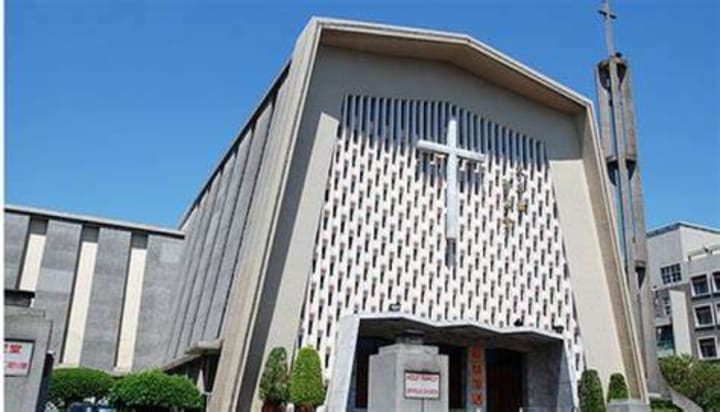
In the evenings the Holy Family Catholic Church is bathed in pure white light. Inside the light through the stained glass windows offers a spiritual peace. The interior is adorned with 18th-century-old reliefs depicting stories from the Bible.
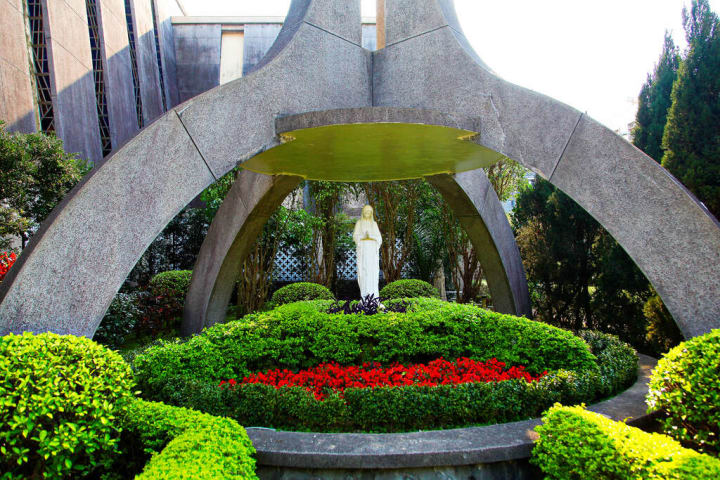
Outside the church
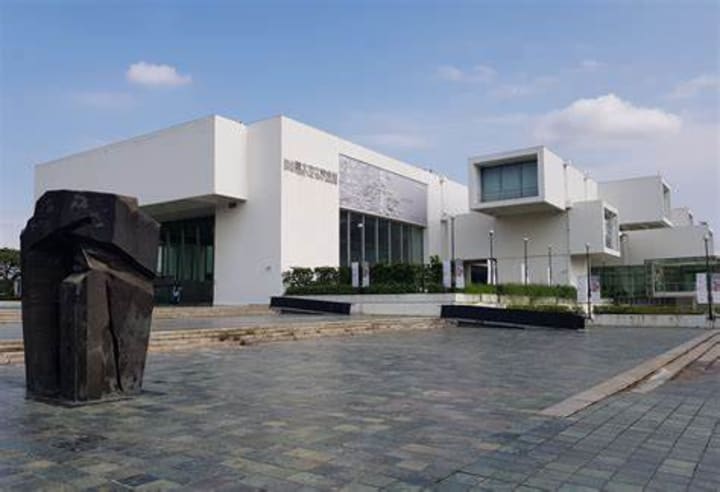
The Taipei Fine Arts Museum opened its doors in 1983. This was the nation’s first museum devoted primarily to the promotion and display of modern art. In 1998 they added the “Taipei Biennial” an event that attracts the participation of artists from all over the world. The museum remains open until 8:30 PM on Saturdays.
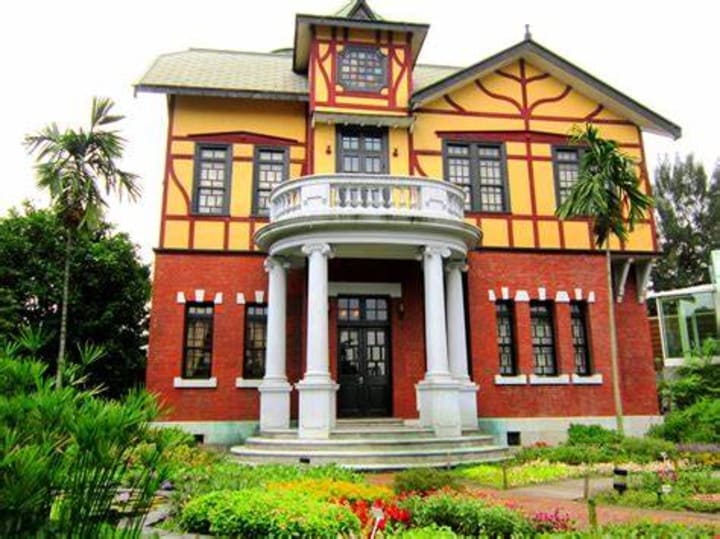
Next door you’ll find the Taipei Story House which was converted from a tea merchant’s villa that was built during the Period of Japanese Occupation. This is an open museum dedicated to exhibits about tea. It hosts over 100 diverse activities annually among them exhibitions and seminars, musical performances, tea lectures, and fairs.
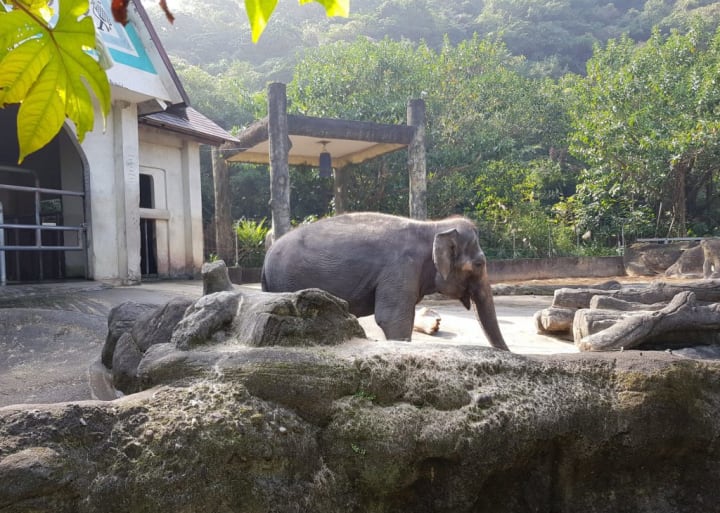
The Taipei Zoo is one of the ten largest municipal zoos in the world and the largest in Southeast Asia. The zoo offers seven indoor exhibits, each with a different theme. Among them are the Insectarium with various butterfly species, the Koala House, and the Penguin House. The zoo has two giant pandas from China and they’ve become resident celebrities.
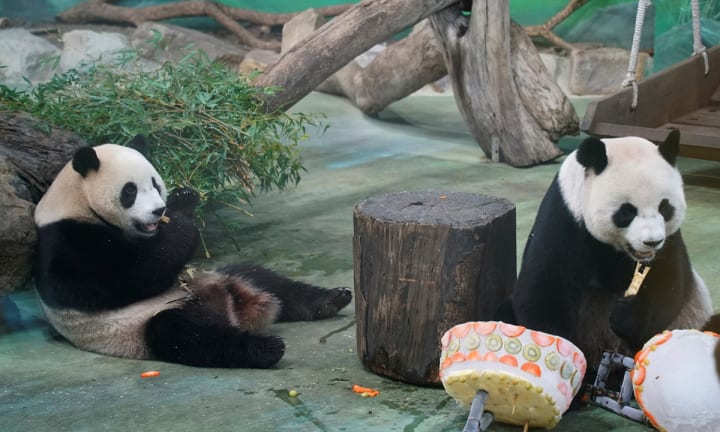
The zoo has eight outdoor exhibits among which the most popular are the Children’s Zoo, “Formosan Animal Area” and “African Animal Area”. The Formosan Animal area has animals found only in Taiwan including the Formosan sika deer, Taiwan macaque and Swinhoe’s pheasant.
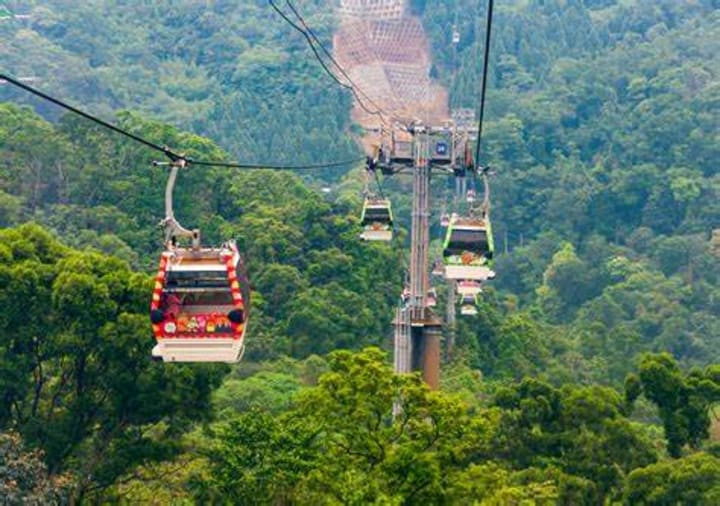
The Maokong Gondola is the first gondola system in Taipei. One-way travel on a gondola is about 20 to 30 minutes. The gondola ride includes four stops – the Taipei Zoo Station, Taipei Zoo South Station, Zhinan Temple Station, and the Maokong Station. Among the best times to take a gondola ride is in the mist after a rainfall when the sun is setting, and when the lights of the city go on at night. One of the highlights of the ride is after passing the Zhinan Temple Station and entering a steep V-shaped gully. At the final stop Maokong there are many tea plantations and tea shops to visit.
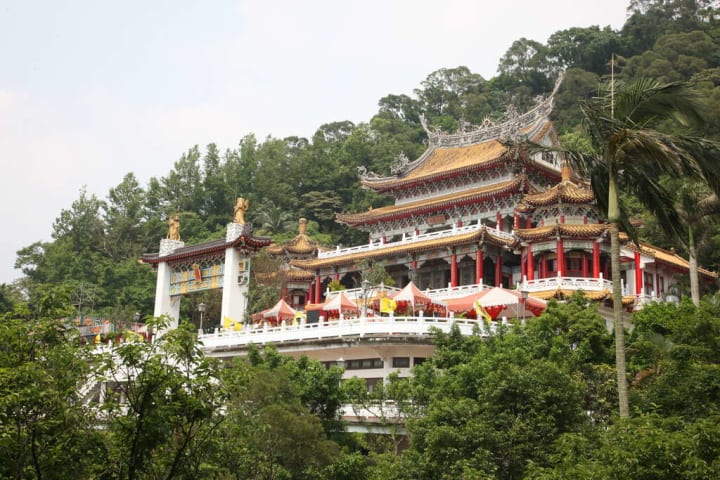
Zhinan Temple is one of Taiwan’s famous Daoist temples. Daoism is an ancient religion that originated in China. Practitioners believe the Dao to be the source from which the entire universe was created. Inside the temple, you’ll see a plaque in the main hall with the inscription “The supreme mountain under heaven”. The inscription not only alludes to the surrounding mountain scenery but also to the temple’s patron god, Lu Dongbin, who is the most famous of the “Eight Immortals” of Chinese mythology. His great powers have been described in various folk tales.
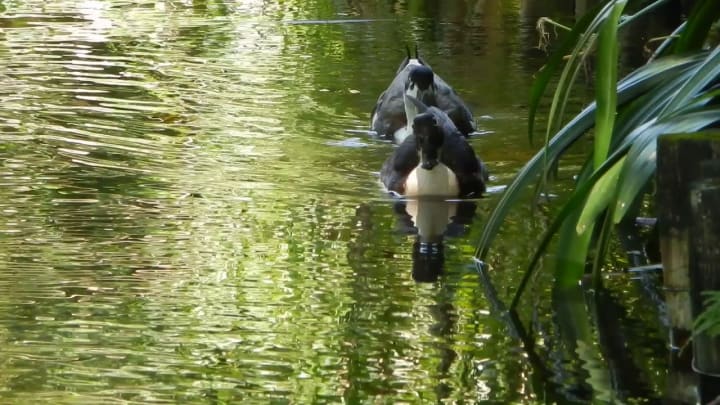
If you're into wild bird watching head for The Huajiang Wild Duck Nature Park. Here you’ll find a vast stretch of sandbars and wetlands which have become a habitat for various migratory birds. The park is divided into a Core Zone, a Buffer Zone, and a Sustainable Utilization Zone. The area inaccessible to the general public is the Core Zone which is a major wetland restoration site mostly dedicated to the restoration and maintenance of bird habitats. There is an ecosystem consisting of freshwater ponds, tidal ponds, aquatic plants, and marsh plants. The Sustainable Utilization Zone has been installed with a duck-watching trail, a bird observatory square, and a family-friendly zone, where people can enjoy outdoor activities.
Around the end of the 1800s, Ximending was planned as a residential area for the Japanese during the Japanese era. The Ximen Market was constructed in 1908. At one time The Red House was the entrance to the market, which was the main shopping area for Japanese living in Taipei.
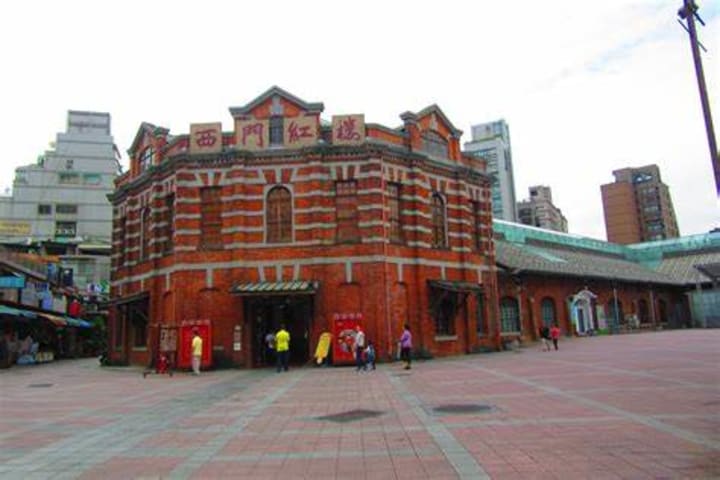
The Red House was transformed into a Chinese opera theater and a movie theater after the Nationalist government took over Taiwan. It is now a municipal-designated historic site. Today it’s a municipal-designated historic site and has been transformed into a platform for creative arts and reopened in 2002. The Ximen Red House Tea Shop offers tea and snacks. The building is cross-shaped and in the back are several small workshops that sell Taiwan-made products. On the second floor is The Ximen Red House Theater, which holds regular activities like Chinese crosstalk, traditional opera, stage plays, and concerts. Art signing and autograph signing events are held by famous entertainers on the square in front of the house, making it an interesting place and an emerging tourist attraction.
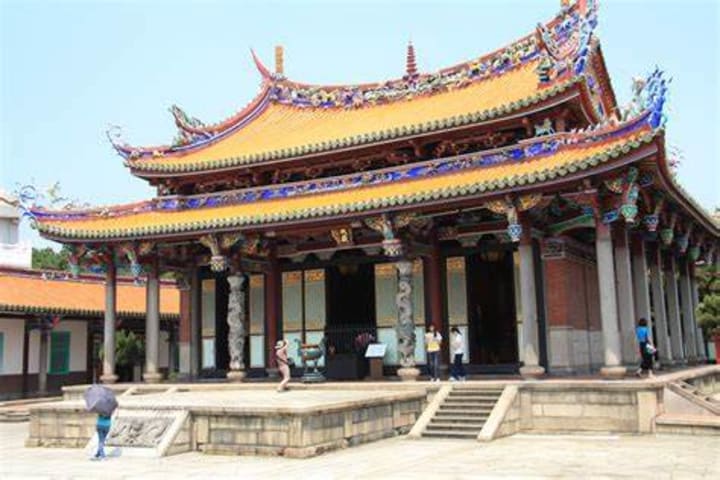
The Taipei Confucius Temple was modeled after the original Confucius Temple in Qufu, China. Among the Confucius temples in Taiwan, this temple is the only one adorned with southern Fujian-style ceramic appliqué. In the main hall of the temple, a black plaque with gold lettering reads “Educate without Discrimination”. Every year on September 28, a grand ceremony with traditional music and stylized dancing is held at the temple in honor of Confucius.
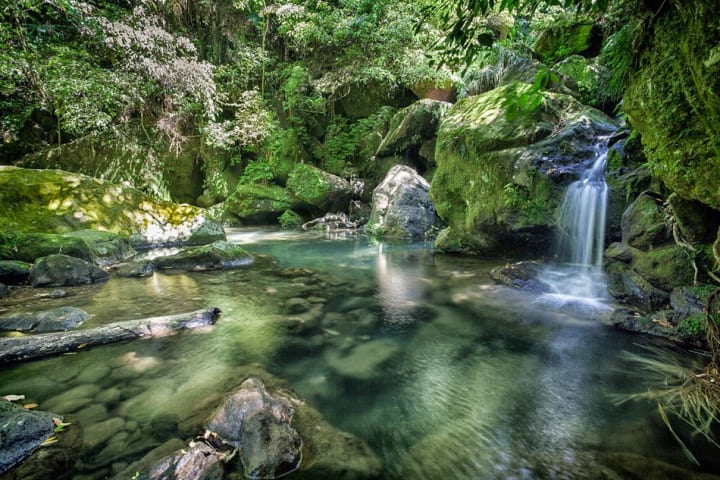
Yangmingshan National Forest Park is the one national park located closest to a metropolitan center. The park features a diverse terrain and ecology. It’s home to many protected species. If you get lucky you might get a glimpse of one of Taiwan’s endemic bird species – the Formosan Blue Magpie.
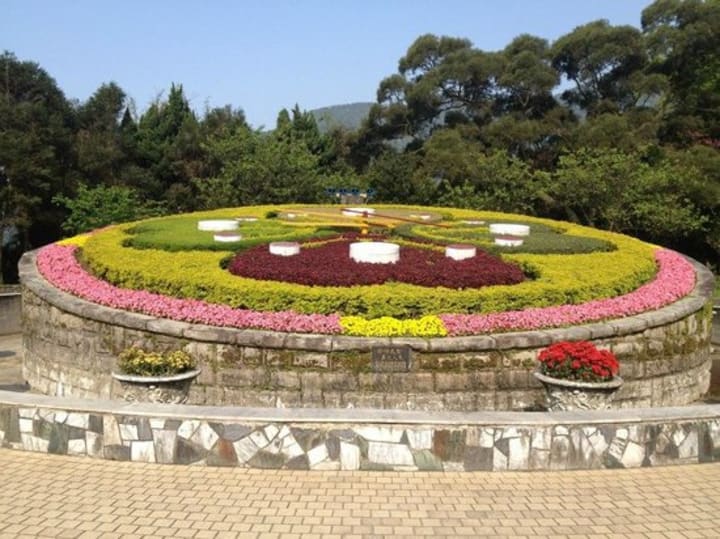
This national park is full of plum, cherry, peach, and pear trees. Once the cherry blossom season is over in mid-March the calla lilies start to bloom at Bamboo Lake. One of the highlights of the park is the “Flower Clock” which is composed of a variety of seasonal flowers.
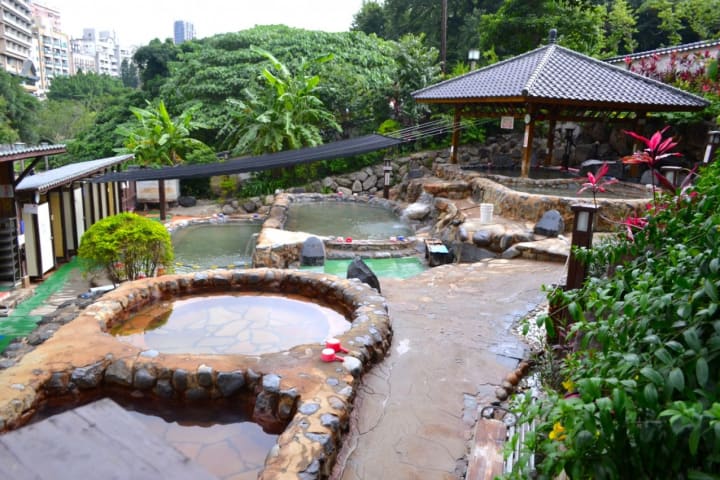
Beitou not only offers hot springs but it is home to Taiwan’s first “green” library located in the lush greenery of Beitou Hot Spring Park.
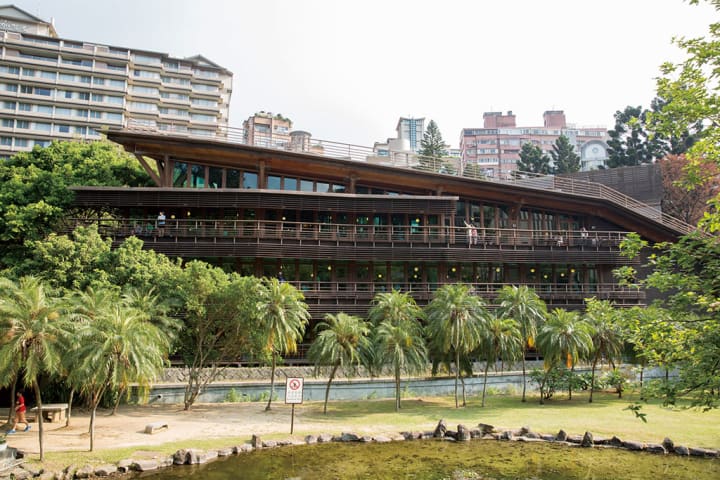
The library was the first building in Taiwan to receive the certification of “Green Building”. The structure has French windows and natural light and it looks just like a large tree house. Part of its roof is covered in solar panels that can store up to 16 KW of power. The wooden balcony is eco-friendly; its vertical design conserves energy by reducing the amount of heat-causing rays allowed to enter the rooms. The building was painted with eco-friendly paint to reduce the amount of toxins released into the environment. You can choose a good book and read in the quiet and lush green natural surroundings.
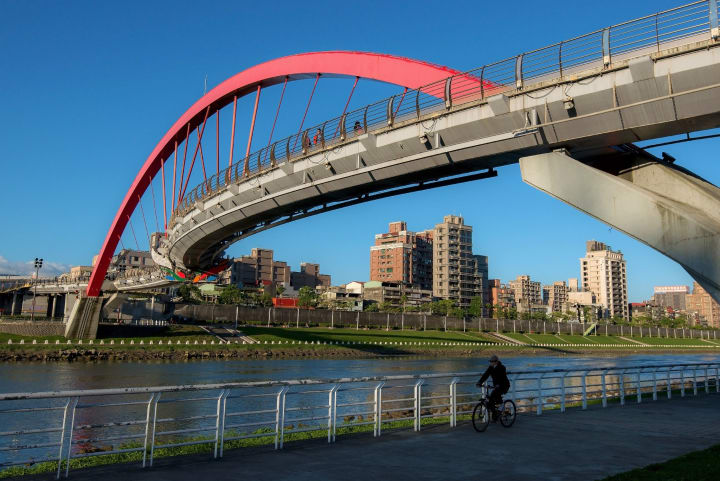
The Rainbow Bridge is 167 meters long and spans the Keelung River. It’s suspended at the center by four steel cables; the unusually S-shaped, red-painted bridge has an arch structure reinforced with steel ribs and wooden railings. It has been paved with pink and pale blue tiles and can be accessed only on foot and by bike. At night it is illuminated.
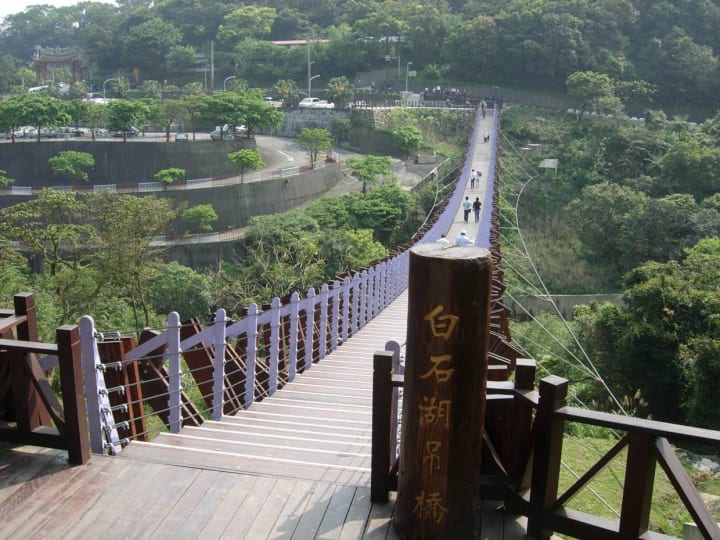
The 116-meter Baishihu Suspension Bridge spans the Zhongyong and Daluntou Mountain systems and is accessible from the entrance by the parking lot of Bishan (Kaichang Shengwang) Temple. This keel-inspired bridge stretches from the Dragon Boat Rock in the east to Yuanjue Waterfall in the west and connects all four mountains – Baishihu, Daluntou, Zhongyong, and Liyu. On the other side of the bridge is a 100-meter Chungiu Footpath that offers visitors a horticulture area. Around the suspension bridge are temple yards, orchards, forest footpaths, and the lake-strewn wetland.
About the Creator
Rasma Raisters
My passions are writing and creating poetry. I write for several sites online and have four themed blogs on Wordpress. Please follow me on Twitter.






Comments
There are no comments for this story
Be the first to respond and start the conversation.